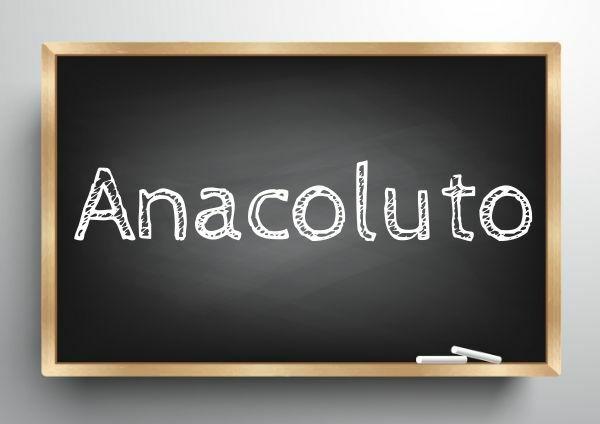When a term already expressed in the statement is omitted, we say that it is the figure of speech call zeugma, used to avoid unnecessary repetition of the term that is already implied. Often a comma can be used to indicate this omission. One should not confuse zeugma and ellipse, two figures of speech in which some term is omitted, but which have differences.
Read too: Polysyndeton — figure of speech that repeatedly uses a conjunction
What is zeugma?
Zeugma is a figure of speech in which a term already expressed in the statement would be repeated but ends up being omitted. This is because repetition would be unnecessary, since this term is implied in the statement from the context. The syntactic structure, that is, the position of the elements in the utterance, helps to make the omitted term implicit. So the zeugma is one of syntax pictures (or construction figures).
See how this figure is very common in language:
I wake up at seven hours and I go to bed at eleven.
In the above statement, to avoid the repetition of the term “hours” in the second occurrence, there is zeugma: “... and I'm going to bed at eleven [
hours].”When it comes to the omission of a verb or for a longer expression, a comma appears to indicate omission by zeugma. Even when the subject of the verb is different (and therefore its conjugation as well), there can be zeugma, since it is the same verb. See in the following cases:
Me work as an electrician. Is it over there, as a waitress.
Me work as an electrician. Is it over there [works] as a waitress.
Her problem was worrying too much. but our, to worry less.
Her problem was worrying too much. But our [problem was] worry less.
You should get there first. We, later.
You should get there first. We [we should arrive] later.
“Rubião had on his feet a pair of damask slippers, embroidered in gold; in the head, a hat with a black silk tassel. In the mouth, a light blue laugh." (Machado de Assis)
“My father was from São Paulo / My grandfather, Pernambuco / My great-grandfather, Minas Gerais / my great-great-grandfather, Bahia.” (Chico Buarque)
Do not stop now... There's more after the advertising ;)
Difference between zeugma and ellipse
In many discussions in the field of linguistics, zeugma is considered a specific type of Ellipse. The common point of these two figures is the omission of a term in the statement. But there are differences between them: in the zeugma, terms already expressed earlier in the statement are omitted, so that they are not repeated; in the ellipse, the terms omitted were not necessarily expressed in the statement and are implied only by the context. Note an example of an ellipse:
"She was looking at her cell phone, a faraway expression on her face..."
In this statement there is an omitted term, but it can be easily understood by the context:
"She was looking at the cell phone [with] a distant expression on the face..."
In this case, we say that there was an ellipse instead of a zeugma, as the term had not been expressed earlier.

Read too: Anacoluto - another figure related to utterance syntax
solved exercises
question 1
(Cetap — adapted)
The omission of terms is a cohesive feature in: "It animated my heart more than a pacemaker.", the word in zeugma is:
a) animate.
b) heart.
c) pacemaker.
d) more.
it's mine.
Resolution
1 – Alternative A. The verb would appear at the end of the utterance: “It animated my heart more than a pacemaker [animate].”
question 2
(FGV — adapted)
Without improving public education, millions will remain prisoners of welfare, and companies, unassisted. (L.71-73)
Regarding the score for the period above, review the following statements.
I. The second comma is justified for separating subjects of different clauses.
II. The third comma is case of zeugma.
III. When removing the E from the period, in place of the comma immediately preceding it, it would be better to see a semicolon.
Tick:
a) if only statements I and III are correct.
b) if only statements I and II are correct.
c) if only statements II and III are correct.
d) if all statements are correct.
e) if neither statement is correct.
Resolution:
Alternative D. Statement I is correct, as “millions” is the subject of the first clause and “businesses” is the subject of the second clause; statement II is correct because there is zeugma in the second clause, in which a term already expressed in the statement is omitted: "companies [will continue] unattended”; statement III is correct because, without the conjunction and having another mandatory comma to mark the zeugma, the semicolon may more adequately mark the pause: “millions will remain prisoners of the welfare; the companies, unassisted.”
By Guilherme Viana
grammar teacher
Would you like to reference this text in a school or academic work? Look:
VIANA, William. "Zeugma"; Brazil School. Available in: https://brasilescola.uol.com.br/gramatica/zeugma.htm. Accessed on June 27, 2021.

